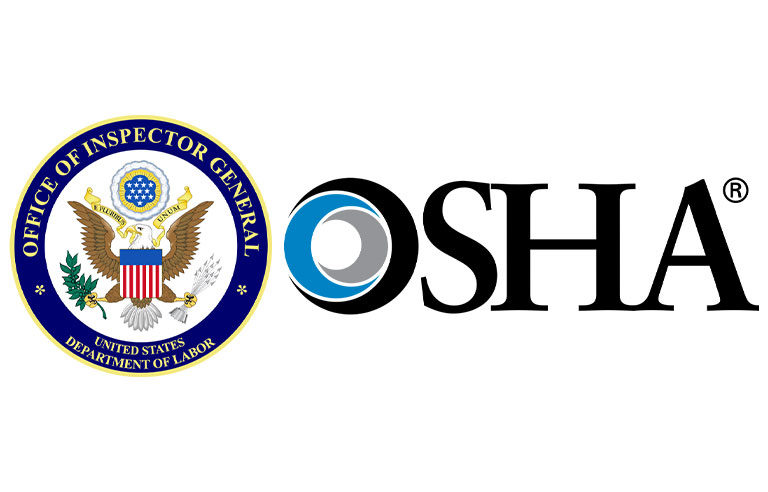Is OSHA guidance changing, and creating, rules? Inspector General questions agency’s methods

Washington — OSHA has not established adequate procedures for issuing guidance documents and often has not followed the procedures it created, according to a Department of Labor Office of Inspector General audit report released March 28.
DOL OIG sampled 57 of the 296 guidance documents issued by the agency between Oct. 1, 2013, and March 18, 2016. The audit found that OSHA did not follow protocol in 80 percent of the sampled documents.
“Procedures it usually did not follow included: (1) determining if guidance was consistent with OSHA rules; (2) considering the anticipated reception of the guidance by significant stakeholders; and (3) obtaining official approval to issue the guidance,” the report states.
Those actions left OSHA at risk for issuing guidance that may have changed or created existing rules in violation of notice-and-comment rulemaking, and “contained inaccurate information that, if relied upon by OSHA staff and stakeholders, would impact the efficiency and effectiveness of programs to protect the safety, health and whistleblower rights of American workers,” the report adds.
DOL OIG noted that four OSHA guidance documents have been challenged in court as of April 25, 2017.
“OSHA lacked procedures to determine if it was appropriate to issue a document as guidance, rather than a rule,” the report states. “Issuing as guidance is appropriate if the document is interpretative or a general statement of policy, and does not create, modify or revoke a standard.”
Loren Sweatt, OSHA’s acting administrator, called the DOL OIG findings “troubling” in a March 22 response to a draft report, adding that “OSHA is working aggressively to rectify this through a review of existing procedures, improved accountability and documentation.”
Post a comment to this article
Safety+Health welcomes comments that promote respectful dialogue. Please stay on topic. Comments that contain personal attacks, profanity or abusive language – or those aggressively promoting products or services – will be removed. We reserve the right to determine which comments violate our comment policy. (Anonymous comments are welcome; merely skip the “name” field in the comment box. An email address is required but will not be included with your comment.)

